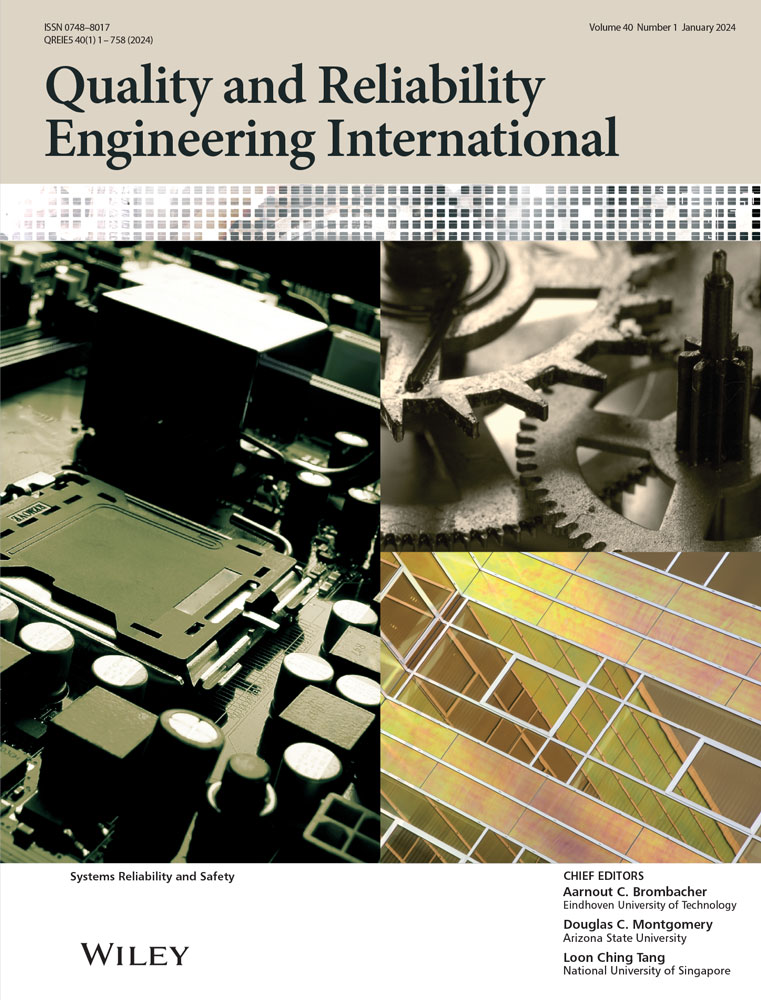Joint optimization of condition-based maintenance and condition-based reallocation for a system with multiple degrading components
Abstract
Condition-based maintenance has been studied for managing the degradation of components in a system. However, components in different positions may undergo different workload, leading to imbalanced components degradation. Component reallocation is an effective method to balance the degradation of components in different positions with different degradation rates. Thus, this paper investigates the joint optimization of condition-based maintenance and condition-based reallocation for a non-repairable system with multiple identical and functionally-exchangeable components that undergo different continuous degradation processes due to different workload. We model this problem through Markov decision process, which is solved by a dynamic programming algorithm, and the objective is to provide the optimal maintenance and reallocation actions exactly for each system state, that is, the joint optimal policy, to minimize the discounted long-run total cost. Especially, our joint policy is on component-level and proved to be optimal. Finally, the numerical analysis shows the structural insights and effectiveness of the proposed joint policy, for which the sensitivity analysis on the degradation parameters, setup cost, reallocation cost, and downtime cost is performed. We also propose a new reallocation strategy and show the results and computation time for systems with different scales, which indicates that our model can handle systems with reasonable size.
Open Research
DATA AVAILABILITY STATEMENT
Data sharing not applicable to this article as no datasets were generated or analysed during the current study.




